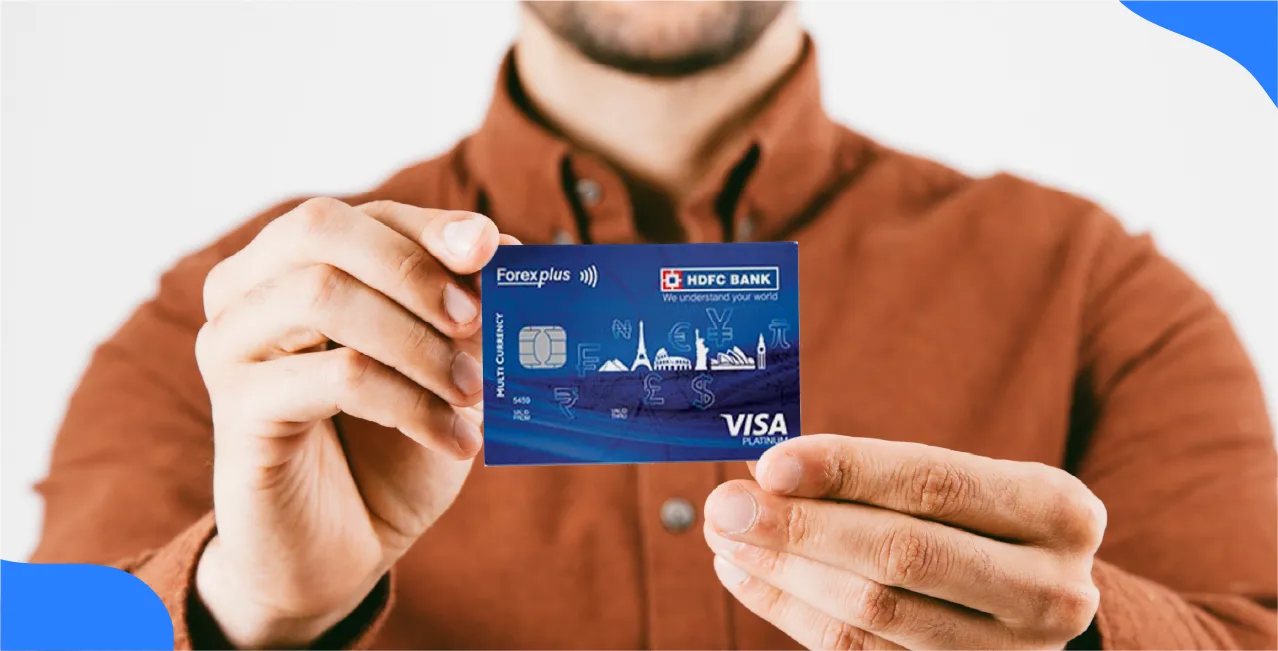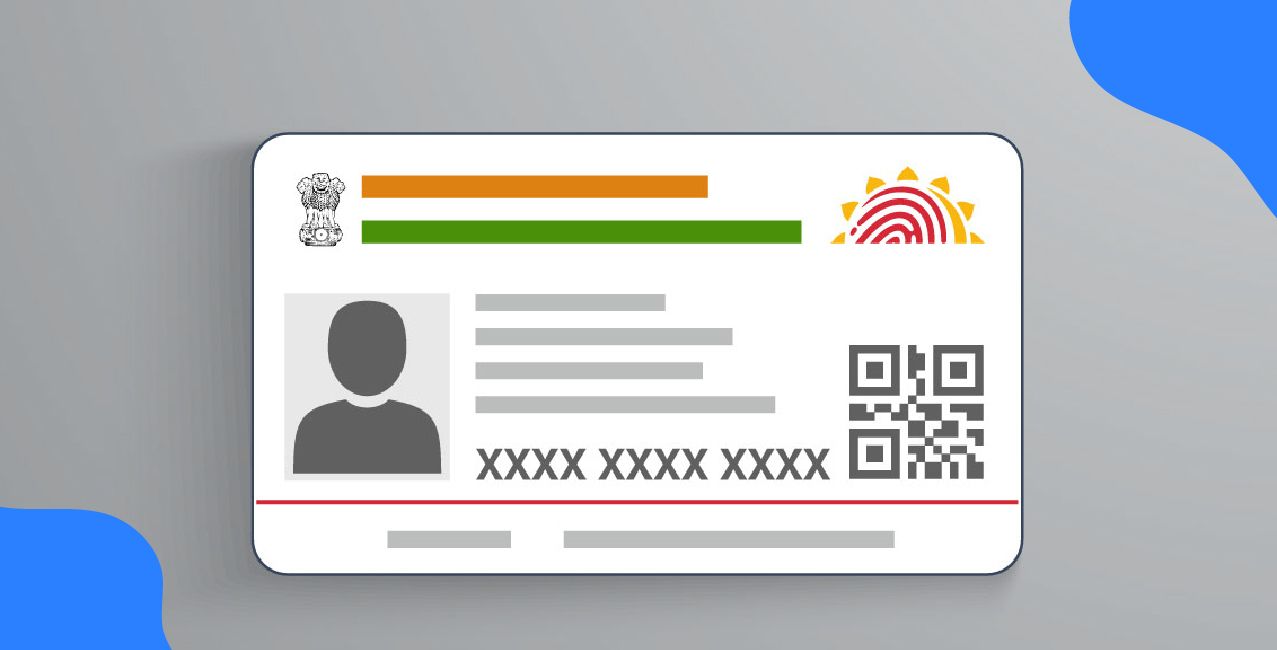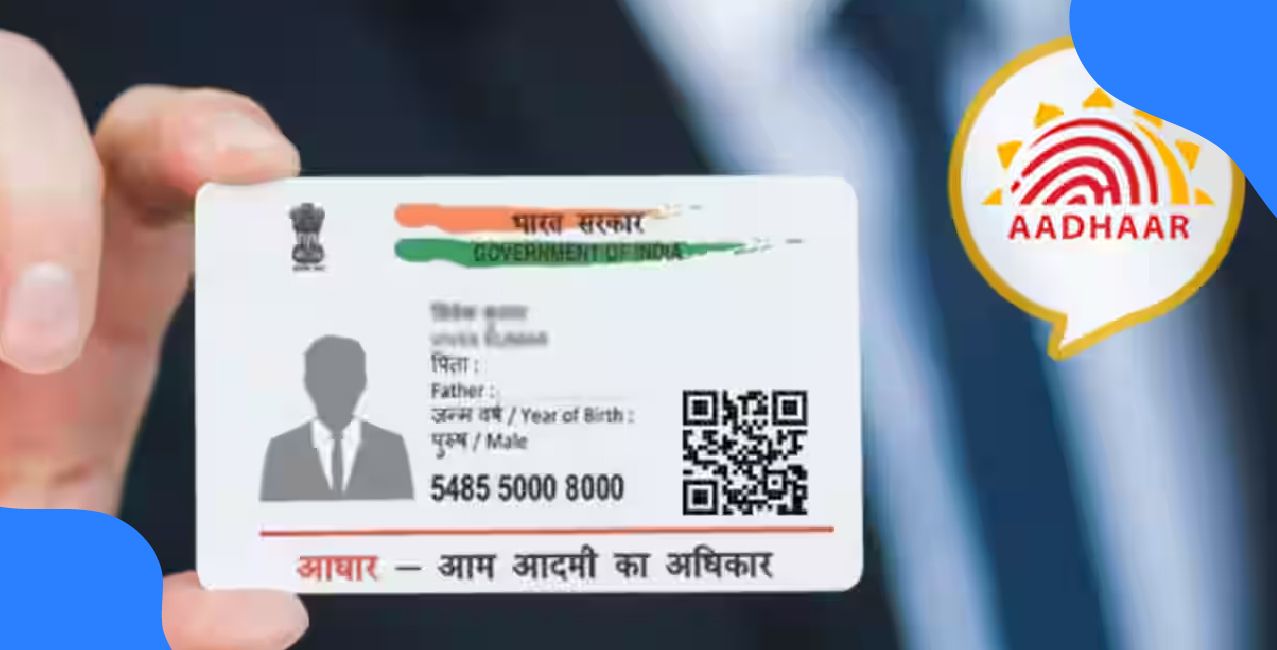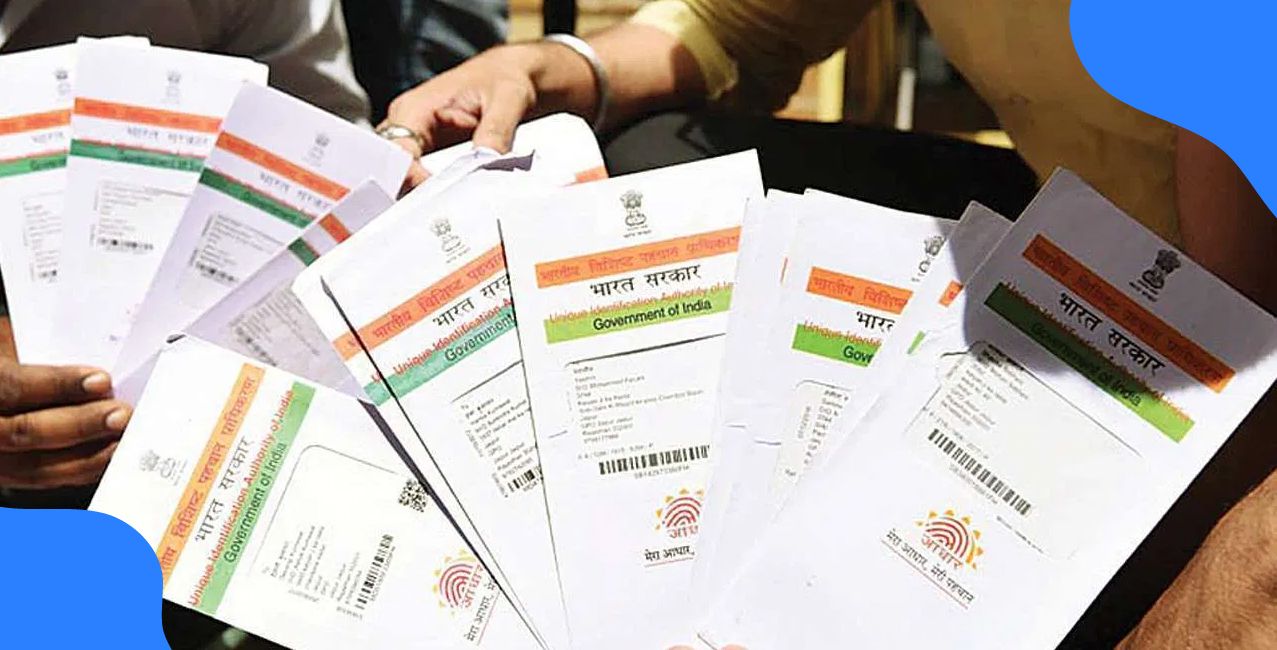
Author
LoansJagat Team
Read Time
5 Min
05 Aug 2025
What is a Forex Card? Meaning, Benefits & How to Use Abroad
A Forex Card is a prepaid, reloadable payment card that you can load with one or more foreign currencies before travelling abroad. Issued by banks or financial institutions, it is part of the Reserve Bank of India’s approval for RuPay prepaid forex cards to be used internationally.
How does it work?
Anuj, a student from Delhi, planned a trip to Germany. He went to his bank and loaded a Forex Card with €1,000 when the exchange rate was ₹90 for 1 Euro. So, he paid ₹90,000.
While in Germany, Anuj used his card to pay at restaurants, shops, and train stations. He also withdrew some cash from an ATM. He didn’t pay any extra currency fees while spending.
Because Anuj locked in the exchange rate before his trip, he saved money and didn’t have to worry about rate changes during his travels.
In simple terms, a Forex Card is just like a regular pre-paid debit card, but loaded with foreign money instead of rupees. You top it up before or during your trip, then use it abroad to withdraw cash or make payments, without worrying about fluctuating currency rates or hefty markup charges.
Types of Forex Cards Available
Banks and financial institutions offer different types of Forex Cards to suit various travel needs. These cards are approved and regulated under the Reserve Bank of India's guidelines and can be used for personal, business, education, or medical travel.
1. Single Currency Forex Card
This card is loaded with one foreign currency, such as US Dollars or Euros. It is best if you are travelling to just one country. You avoid currency conversion charges as long as you spend in the same currency.
Example: If you are going to the United States, you can load the card with 1000 US Dollars and use it there for shopping, dining, and travel.
2. Multi-Currency Forex Card
This card lets you load multiple foreign currencies at the same time, such as US Dollars, British Pounds, Euros, and more. It is useful for trips to several countries. You can switch between currencies without paying extra conversion fees, as long as you spend in the loaded currency.
For example, HDFC and Axis Bank offer multi-currency cards that support up to 20 or more currencies.
Read More –What is the Forex Market? Meaning, Participants & How Trading Works
3. Student Forex Card
Banks design these cards for students going abroad for higher studies. These cards often include benefits like travel insurance, emergency assistance, and discounts. They can also help students pay fees, rent, and daily expenses in foreign currency.
4. Co-branded and Special Purpose Forex Cards
These cards are offered in partnership with travel agencies or airlines. Some are made for specific groups like Hajj or Umrah pilgrims and are loaded with Saudi Riyals or other regional currencies. Others include special travel offers or airport lounge access.
Example: Neha’s Trip to Europe
Neha is planning a holiday to the UK and France. She chooses a multi-currency Forex Card and loads it with £500 and €600.
If the exchange rate is ₹100 for 1 British Pound and ₹90 for 1 Euro, Neha pays ₹50,000 for the Pounds and ₹54,000 for the Euros.
She uses the card during her trip to pay for meals, transport, and shopping. Since she is spending in the same currency she loaded, she avoids extra fees and does not have to worry about exchange rate changes during her trip.
Top Benefits of Using a Forex Card While Travelling Abroad
Example: Sam plans a city break in Paris. He loads €500 onto his Forex Card when the rate is ₹88 per Euro. That means he pays ₹44,000 upfront.
During his stay, he uses the card for cafés, tram tickets, and some shopping. Since he spent in Euros, he didn’t pay any extra fees and avoided rate changes. This saved him around ₹1,500 compared to swiping his Indian debit card abroad.
In simple words: Sam bought his foreign money in advance, at a set rate, and spent it without surprises or extra charges.
How to Apply for a Forex Card?
You can get a Forex Card quickly and easily. Most Indian banks offer online and branch-based application options.
How to Use a Forex Card Abroad: A Step-by-Step Guide
Also Read - Best Zero Forex Markup Credit Cards in 2025
Example: Maya’s Trip to Japan
Maya loads ¥80,000 on her Forex Card at a rate of ₹0.55 per Yen, paying ₹44,000. In Japan, she uses the card to pay in Yen for meals, transport, and souvenirs, always avoiding DCC. She makes one large cash withdrawal to cut down on ATM fees. After her trip, she unloads ¥5,000 through the app and gets ₹2,750 back. By locking in the exchange rate and avoiding DCC, Maya saves money and manages her spending well.
Conclusion
A Forex Card is a smart and safe way to carry foreign money while travelling abroad. You load the card in advance, lock the exchange rate, and use it like a debit card overseas. It helps you avoid high bank charges, manage your spending, and stay secure during your trip. It doesn’t matter if you’re a tourist, student, or business traveller, a Forex Card makes international payments simple and stress-free and easy to handle.
FAQs
1. Can I use a Forex Card in any country?
You can use it in countries that accept the currency loaded on your card.
2. What happens if I lose my Forex Card abroad?
You can block it immediately and ask your bank for a replacement.
3. Can I reload my Forex Card while travelling?
Yes, most banks allow online reloading if your trip type meets RBI rules.
4. Can I withdraw cash using a Forex Card?
Yes, you can use it at international ATMs to withdraw local currency.
Other Related Pages | |||
About the Author

LoansJagat Team
‘Simplify Finance for Everyone.’ This is the common goal of our team, as we try to explain any topic with relatable examples. From personal to business finance, managing EMIs to becoming debt-free, we do extensive research on each and every parameter, so you don’t have to. Scroll up and have a look at what 15+ years of experience in the BFSI sector looks like.

Quick Apply Loan
Subscribe Now


